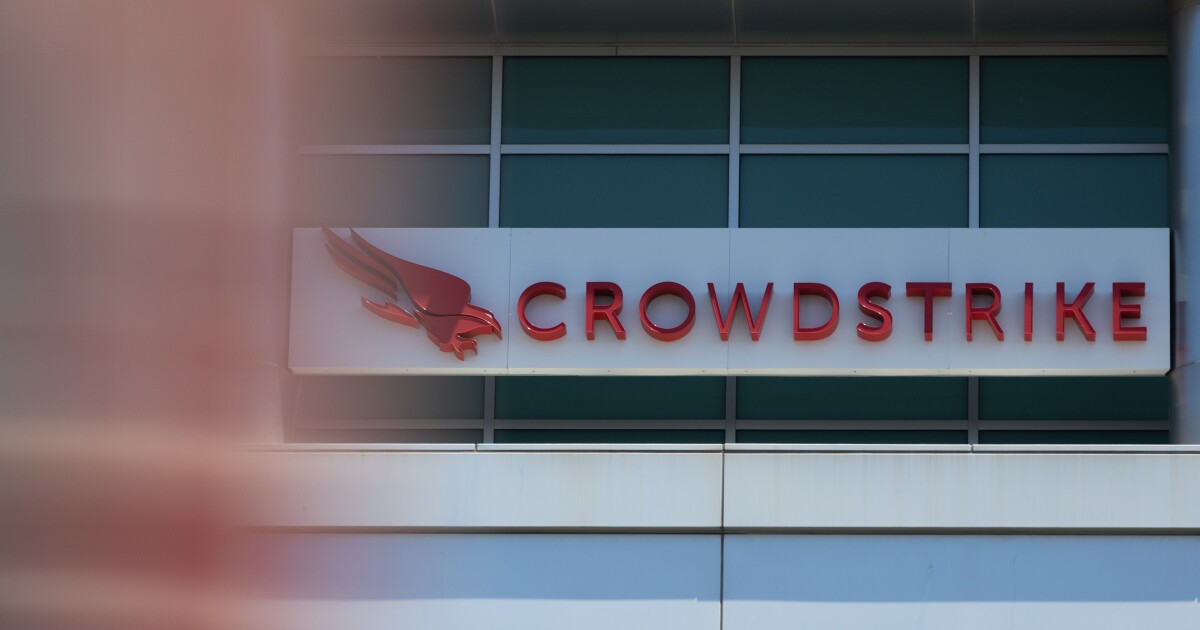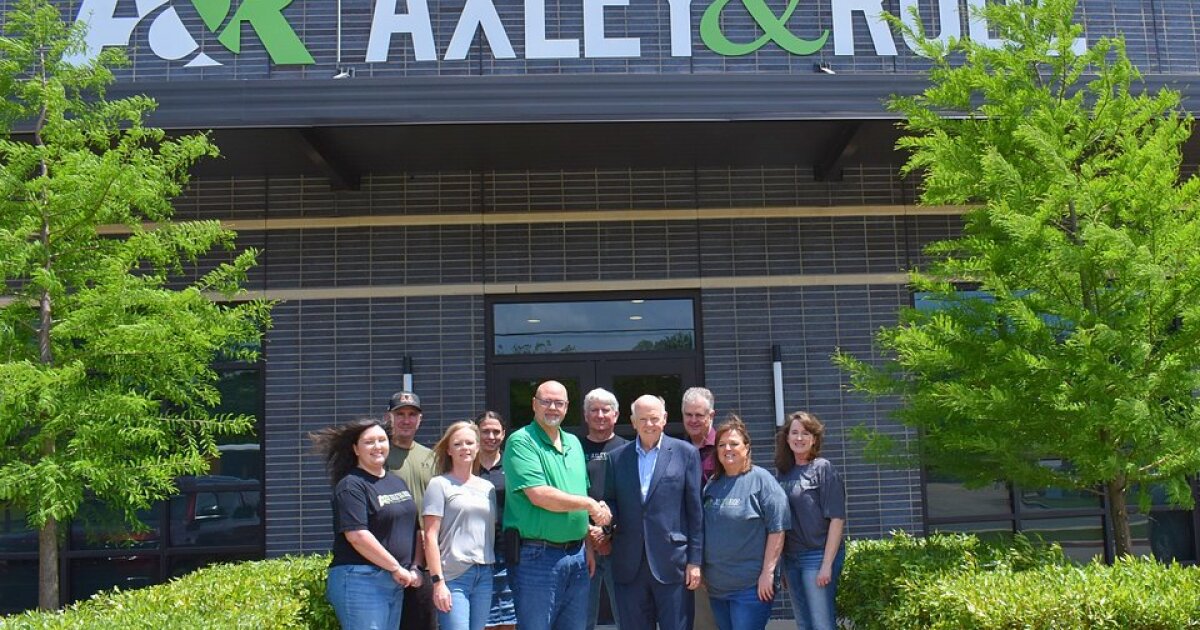Recently, a consulting client asked me to facilitate a strategy session, focusing on two topics: strategic growth and entrepreneurship. I thanked the managing partner and responded, “I’m all in on strategic growth, but I don’t really teach entrepreneurship.”
The MP, who knows my background, looked at me quizzically and said, “But Gale, you are an entrepreneur. You’ve been there and done what accounting firms are increasingly being asked to do.”
I accepted the request with anticipation and dug into the definition and attributes, only to confirm that while I haven’t typically self-identified as entrepreneurial, I certainly check the boxes.
Having started two successful businesses, the latest being my consultancy about 20 years ago, I fit the definition as “one who creates a new business bearing most of the risk and most of the rewards.”
Entrepreneurs, I was reminded, are innovators, problem-solvers, client-centric, adaptable, proactive, resourceful and resilient. They (we!) have vision, take risks and responsibility, lead, and collaborate.
The research I conducted for my presentation led me to understand why I, and so many CPAs, have historically shunned the entrepreneur label. When I started my career, “entrepreneur” was a dirty word, a term for individuals forced to create something because they couldn’t get hired by an existing entity. That’s why, as an ambitious young auditor, I proudly hitched my wagon to firms that were about as far from the entrepreneurial mindset as you could get — Arthur Andersen, PricewaterhouseCoopers.
It was all good until 2000 when the dot-com bubble burst and jobs disappeared. After many years in corporate America where I learned a lot but couldn’t linger, the only choice was to create my own business.
The way we were
Several factors have reinforced the perception that accountants are not entrepreneurs. One is the fact that our profession has long been defined by compliance with regulations and standards, not innovation. Another is that we’ve been married to the billable-hour model, which leaves little time for the thoughtful reflection that successful innovation requires. We’ve also sealed ourselves off from generating new ideas by disappearing behind closed doors for three months a year during busy season.
Bottom line: We’ve focused our attention, our expectations and our assets on pursuing tasks, not on solving problems.
Now, in the mid-2020s, with surging interest in accounting firms by private equity organizations, an entrepreneurial pivot is more than a good idea — it has become a form of life support for many firms. Because PE fully inhabits the startup/entrepreneurial space, funders expect the accounting practices they acquire to do the same, dramatically upping their tech and innovation game. The same holds true for firms that wish to remain sustainably independent.
The entrepreneurial imperative is getting through to some firms that are busily introducing tech, service and advisory innovations. Other firms — those that prefer to ignore this PE tsunami, or who doubt its strength — will, I’m afraid, be left in the dust within a very short time.
Strength from within
If you’re scratching your head wondering how to incorporate entrepreneurial thinking into your firm, your first step may be to look within. Though they may have not been encouraged to spread their wings, there are likely individuals on your team who fit the definition of an “intrapreneur,” an existing employee tasked with developing an innovative idea or project. An action-directed insider ready to bust out of the mold and start disrupting.
We’re talking about a problem-solver who is risk-tolerant and ready to do whatever is necessary (not just whatever is safe) to innovate a new offering. Someone who runs toward problems, not away from them. Given the right support, intrapreneurs can devise solutions that are client-centric, proactive and adaptable.
Find that person (or persons) and help them make the pivot from the employee mindset to the intrapreneur mindset. Invite them to a partners’ meeting to address a specific client challenge. Organize TED-talk-style sessions so they can share their creativity and inspire others. Give them the space to expand and thrive. Don’t ask how many hours it took to come up with a solution — ask if they got the
job done.
As you begin to make this individual and cultural shift, anticipate rewards — from loyal clients who trust you not just for tax and audit, but for fresh ideas and business solutions, to hungry PE groups looking to invest in an accounting firm that’s comfortable with innovation and knows how to make it happen.


 Economics1 week ago
Economics1 week ago
 Economics1 week ago
Economics1 week ago
 Personal Finance1 week ago
Personal Finance1 week ago
 Accounting1 week ago
Accounting1 week ago
 Blog Post4 days ago
Blog Post4 days ago
 Economics5 days ago
Economics5 days ago
 Personal Finance1 week ago
Personal Finance1 week ago
 Finance1 week ago
Finance1 week ago











